The Complete Combatant’s Shelley Hill educates us on how to recognize the types of smiles to trust, and the ones to run away from as fast as possible.
What do you find scary? A dark alleyway? A bump in the night? A simple clown?
It’s a fact that clowns can give emit a scary vibe, making them appear creepy instead of amusing. I personally don’t get anxious around clowns, but old dolls with cracked faces and moving eyes are a different story.
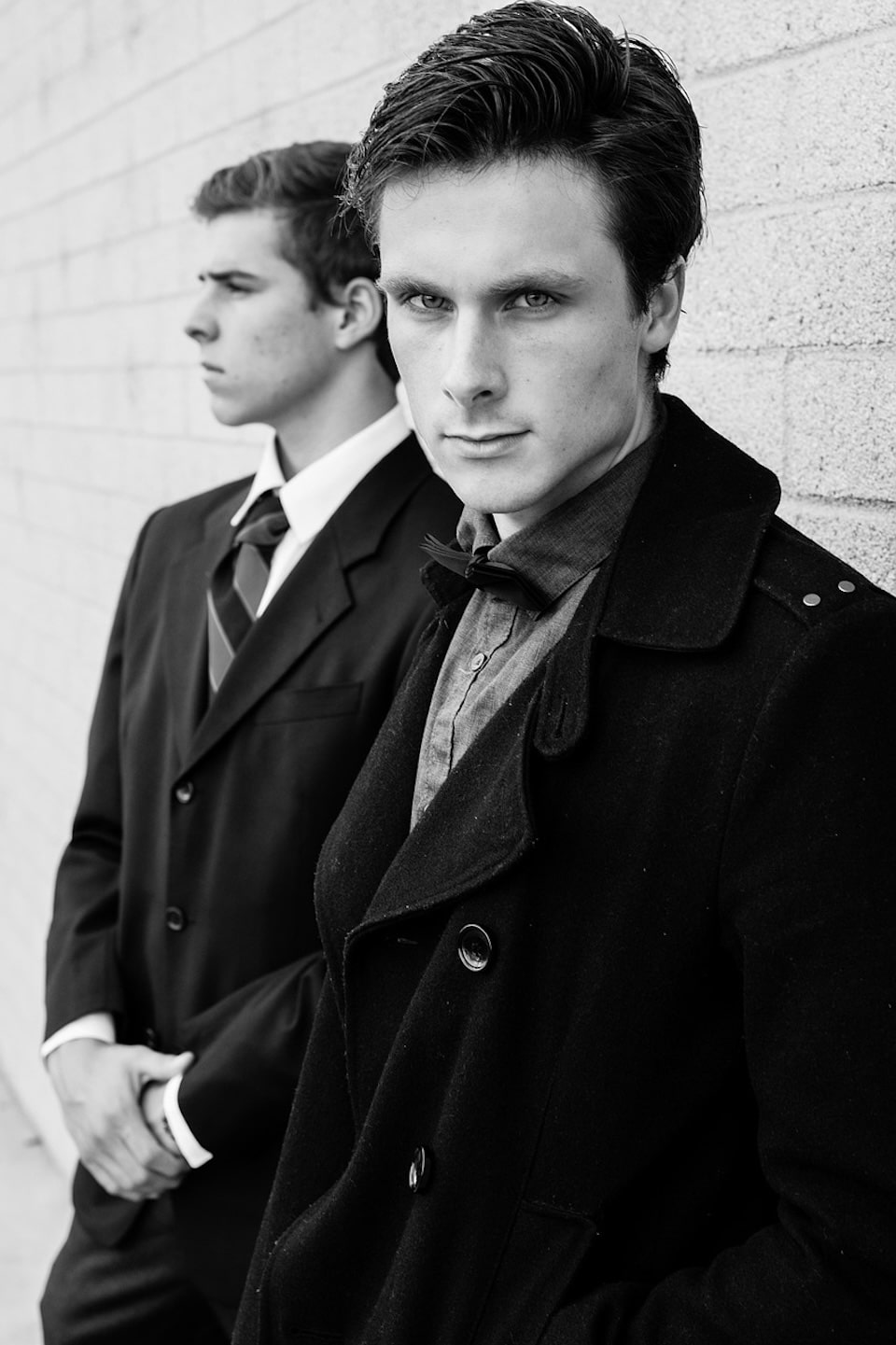
I was wondering why some people react to clowns negatively as opposed to positively. This is apparently a narrow subject, but I think that “Psychology Today” has a good article on some dependable body language (including a smile) cues that give off a creepy vibe.
Per Psychology Today, “Timing and the form a smile takes on can turn a normally pleasant facial expression into a creepy one. An extremely slowly appearing smile – from a neutral expression to a slow and very wide smile is very creepy (and often used by actors in horror movies).”
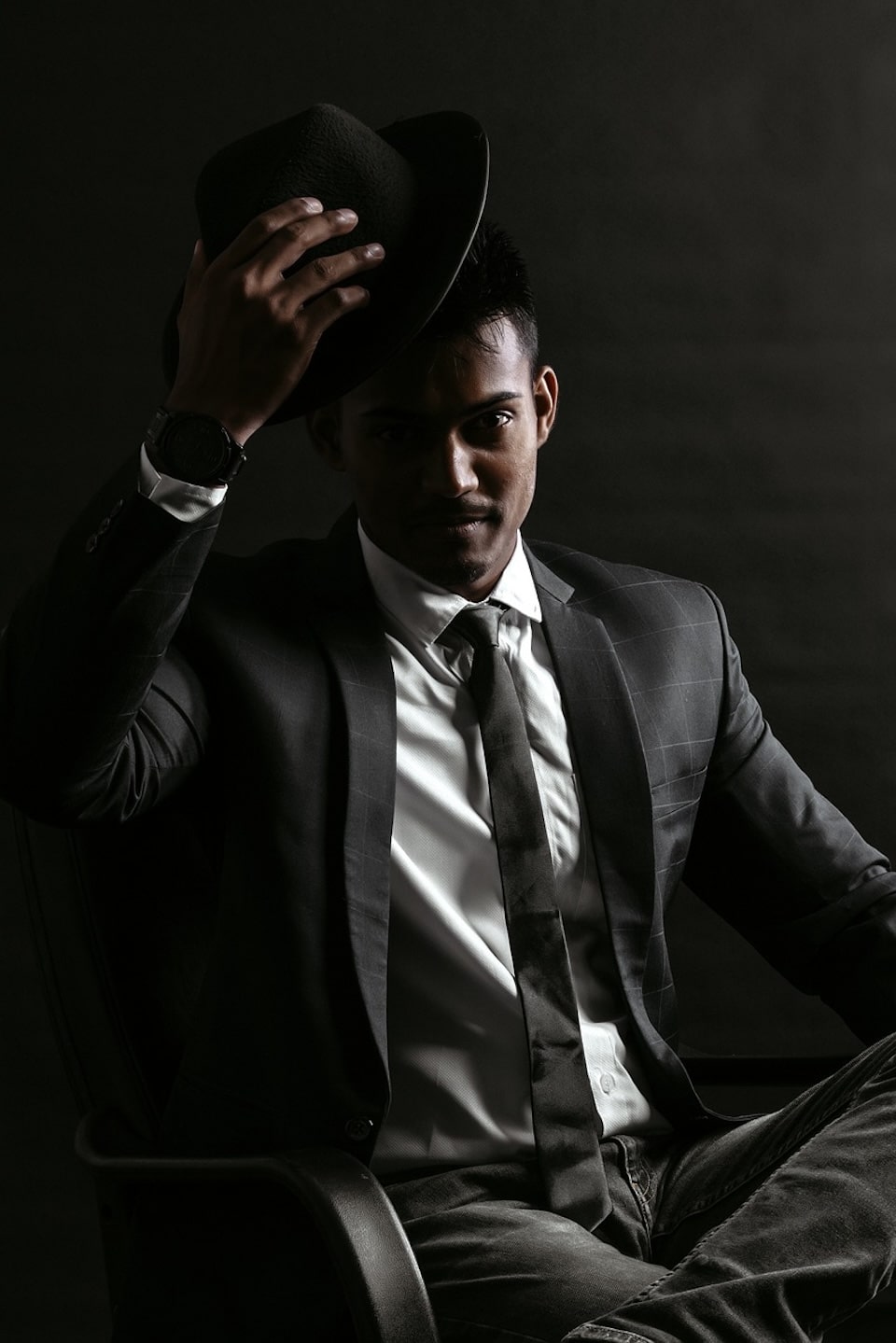
Discover Magazine includes three main “smile” categories, Darwin researched 19 types of smiles, and only 6 types of smiles are for happiness. The 6 occur when we are having a good time, but the rest are when we are uncomfortable, scared, in pain, angry, aggressive, showing dominance or even when we lie.
The three main “smile” categories are smiles of affiliation, smiles of reward and smiles of dominance. These smiles serve as expressions of happiness, connectedness and superiority and can have psychological and physical effects on us.
Studies have shown that a very large amount of the population are extremely perceptive when it comes to recognizing and interpreting these three main categories, simply by catching elementary smile characteristics.
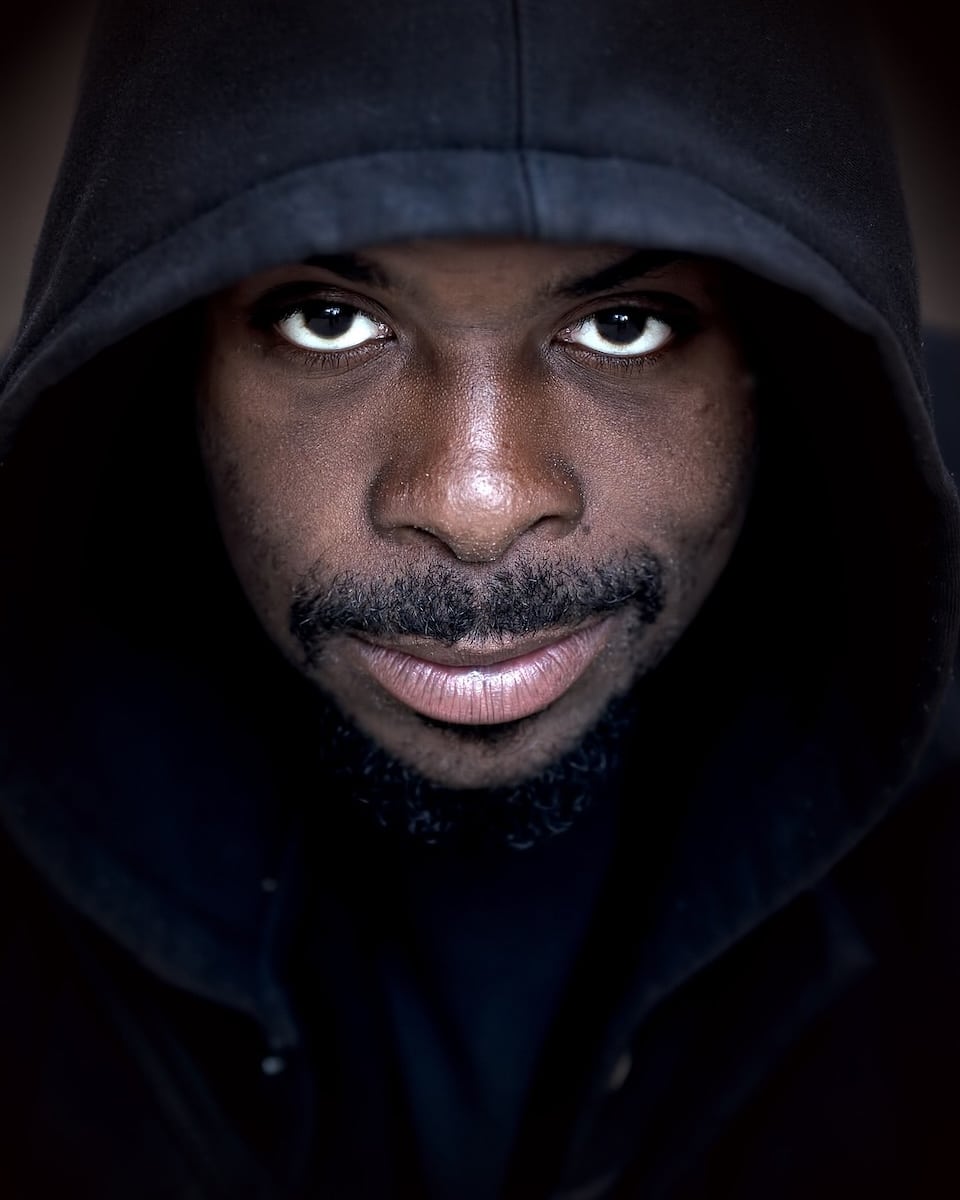
Smiles are not as transparent as they may seem. More often than not, the most recognized symbol of happiness called a smile is actually a mask. As a matter of fact, the smiles mentioned below are not necessarily an emotion inside of the person, but a “show” they want to signal to others. Let’s dive into a few smiles that are not full of joy.
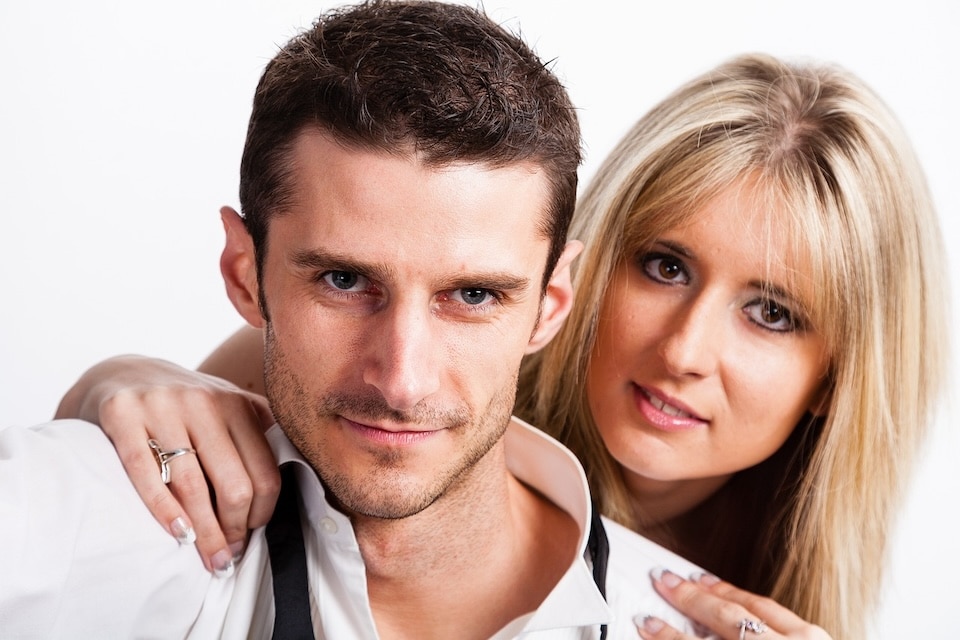

This subject really fascinated me so I spent hours of research on this topic and I now have a bit of insight as to why some people don’t like clowns. Clowns are hard to read, and their genuine facial expressions are covered up with thick makeup, so displays of emotion are muted, and most of their creepy smiles are a mixture of the 5 smiles mentioned above.
Time to Practice
Let’s step outside the box and practice something a different. Get a partner, follow the “smile” descriptions above, and place these creepy smiles on your faces so you can practice recognizing negative smiles. Comprehending these creepy smiles quickly will be beneficial, because if you come across one, you will know to avoid that person if possible.
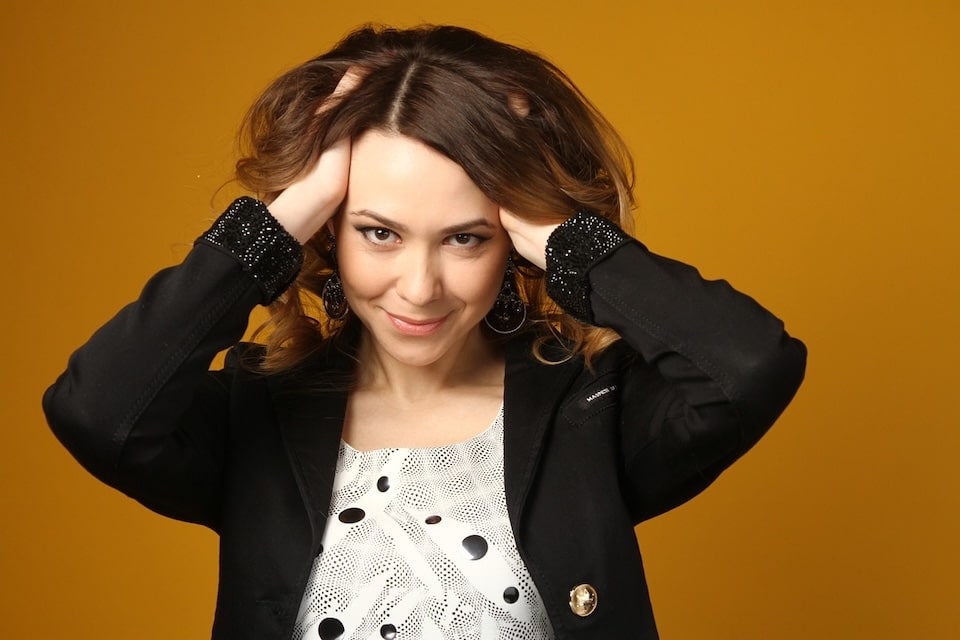
Learn more about Shelley Hill at her website, “The Complete Combatant.”
Shelley Hill wears a "bunch of hats." Her husband, Brian, named her the “Indispensable Organization Wizard” about 25 years ago and that has become her official title. Shelley is co-owner, XO and instructor at The Complete Combatant. She is an HK Brand Ambassador, publishes regular articles in Women’s Outdoor News and Shooting Illustrated, teaches online classes, is an Active Self Protection Certified Instructor, an Instructor Graduate of Modern Samurai Project's Red Dot Instructor program, NRA Certified Instructor, Certified NRA Chief Range Safety Officer, Refuse to be a Victim Instructor and is a Certified OC (Pepper Spray) Instructor through Chuck Haggard's Agile Training & Consulting. She is the designer and mastermind behind Image Based Decisional Drills, Smart Choices , LockedIn Grip, The Complete Combatant's annual The Mingle for professional ladies in the "firearms/self defense" industry and The Quest for red dot shooters. She is also the President of a non-profit organization called Blue Line Ponies. This 501c3 focuses on providing a retirement range for our career service horses. Shelley is also a presenter at several national conferences is a public speaker and she actually loves people. View all posts by Shelley Hill